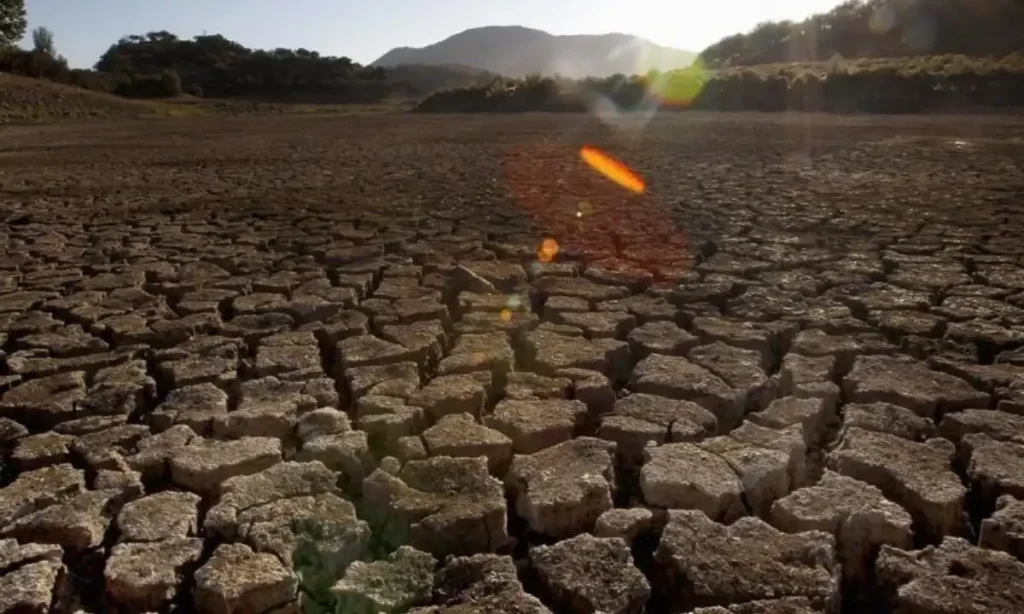Pakistan’s transition from a water-stressed to a water-scarce status is attributed to various factors, including population growth, industrial expansion, inefficient irrigation, unsustainable groundwater usage, inadequate storage, low water productivity, poor efficiency, and contamination of water resources. These challenges have resulted in both quantitative and qualitative losses in water resources.
The long-term planning for the water sector, outlined in the Economic Survey 2023-24, acknowledges these issues in alignment with the National Water Policy. The plan adopts the Integrated Water Resources Management (IWRM) approach, reflecting the objectives of the policy.
The interconnection between water, food, climate, and energy security has become increasingly evident amid the impending water crisis. The comprehensive plan addresses this nexus, guided by principles such as equity, efficiency, affordability, participatory decision-making, environmental sustainability, and practicality, in line with Vision 2025 and the National Water Policy in the Northern Areas.
Pakistan experiences significant variations in rainfall in terms of quantity, timing, and spatial distribution. The country relies on the three western rivers of the Indus (Kabul, Jhelum, and Chenab), while the three eastern tributaries (Ravi, Sutlej, and Beas) are allocated exclusively to India. Pakistan receives approximately 2.66 million acre-feet (MAF) of water from these eastern rivers and an additional 3.33 MAF of runoff generated within its catchments.
The Kabul River contributes 21 MAF to Pakistan’s total surface water, and the Indus River System receives an average annual inflow of about 146 to 150 MAF, primarily sourced from snow and glacial melting.
Current water availability at canal headworks is about 97.51 MAF, with estimated annual losses of around 50 MAF. Pakistan extracts approximately 50 to 52 MAF from aquifers, exceeding the sustainable limit of safe yield.
In terms of vulnerability to climate change, Pakistan ranks 5th in the Global Climate Risk Index 2023, based on weather-related events from 2000-2019. Despite contributing less than 0.9% to total global emissions, the country demonstrated high vulnerability during the 2022 devastating floods, highlighting the urgent impact of climate change.
